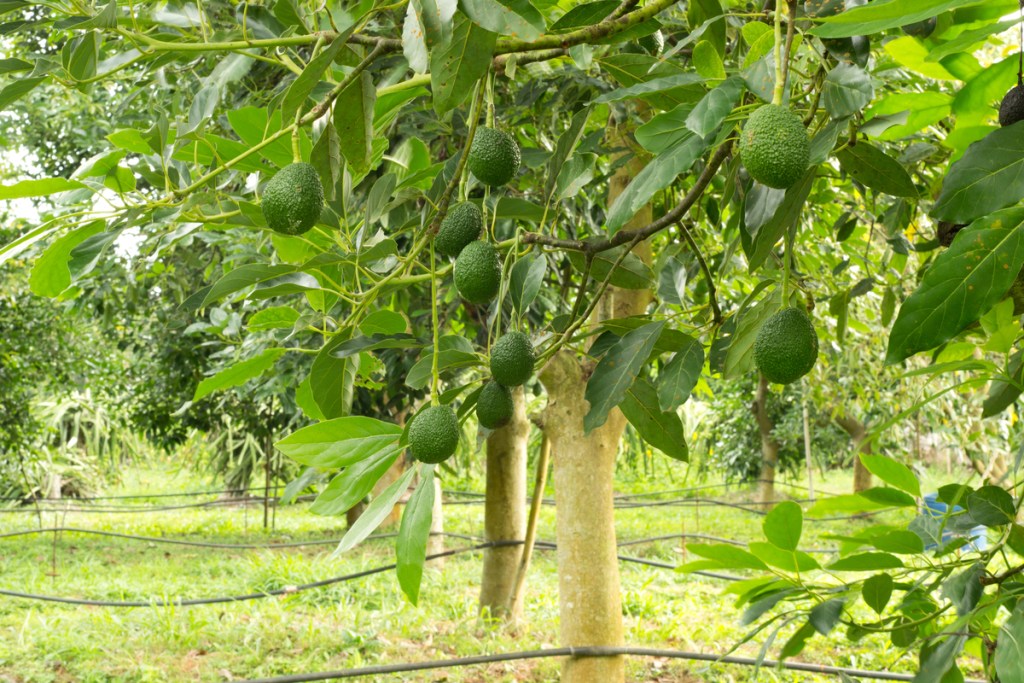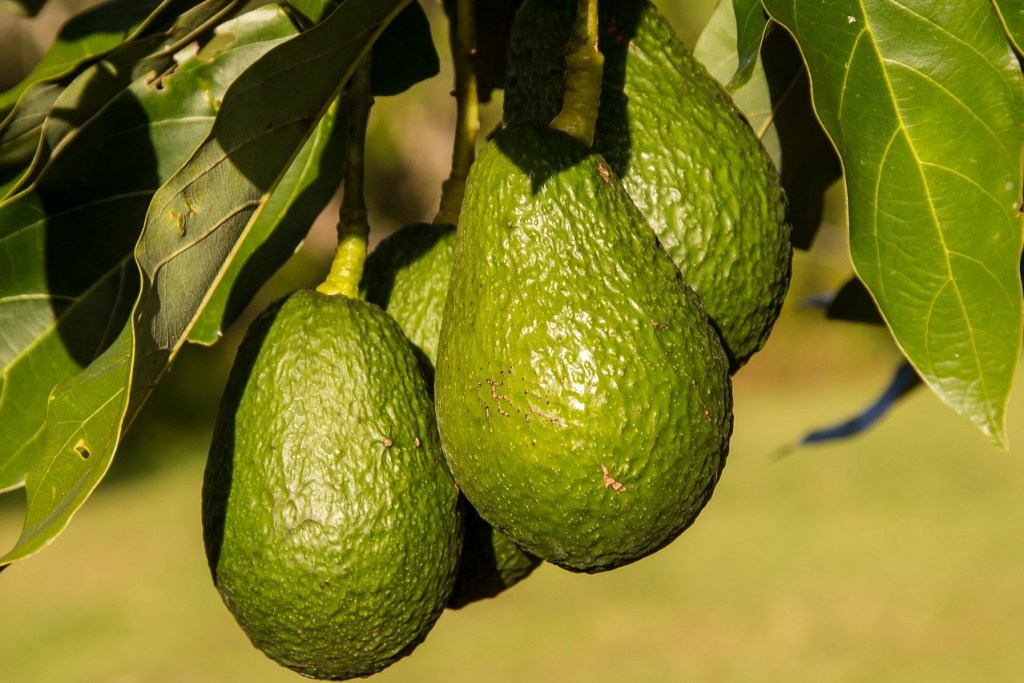The avocado tree was first grown in Mexico and Central America. One of the first records of the plant dates back to writings from the Aztecs who described the plant’s creamy green flesh and rich, buttery taste. Avocado seeds were even discovered buried deep inside Aztec cities along with other artifacts.
The avocado tree temperature zone requires hot and humid climates so don’t try to grow one in Siberia. If you want to try growing your own, here is what you need to know about the zones avocados will grow in.

Preferred climate for avocados
Avocados can only grow in warm weather and subhumid climates, primarily tropical and Mediterranean temperatures that stay warm year-round. Being a tropical plant, an avocado tree hates growing in anything less than 50 degrees Fahrenheit, although mature trees can tolerate temperatures as low as 30 degrees Fahrenheit for a short period of time. In terms of humidity, the trees prefer a climate with a percentage around 60 to 80%. While they can grow in dryer climates, around 40% humidity, problems may spring up with the fruit or tree. Generally, avocado trees need lots of moisture and nutrients from the soil.
Avacado growing zone
Because of the specific growing requirements for avocado trees, you won’t find them in most of the United States. They only grow in the U.S. Department of Agriculture plant hardiness zones 8 through 11, but they don’t thrive in these. The only states that provide the avocado growing zone and where avocados are grown are Florida, California, and Hawaii. These three states grow over 200 varieties of the plant with just over half of the avocados sold in U.S. supermarkets coming from the 50th state.
Growing avocados on your own
If you want to try your hand at growing your own avocado trees, be prepared for a lot of work with potential failure because of the specific temperature and humidity requirements. The trees require regular watering so the plant can grow strong and produce fruit. If the plant doesn’t get enough water, or you live in an area prone to droughts, then the trees won’t grow. Thankfully, they don’t require a lot of pruning. Only dead or dying branches should be cut off, preferably with a high-quality pair of pruners that can be found at any hardware store.
If you live in less-than-ideal climates, you can still grow avocado trees, but they won’t be in your backyard for most of the year. Grow them in containers in warm sunrooms and greenhouses where the winter temperatures still remain above 55 degrees Fahrenheit and in the summer between 75 and 85 degrees Fahrenheit. You can then move the tree (very carefully) into your summer garden before moving it back indoors when fall arrives.

World regions where avocados grow
The U.S. does not grow anywhere close to the world’s supply of avocados. Countries such as the Dominican Republic, Australia, and especially Mexico provide the world with their avocado supply, and for good reason. Mexico’s commercial avocado farms run across 400,000 acres throughout the country. Other countries also have a hand in avocado production, but to a lesser degree, such as Peru, Colombia, and Indonesia.
Surprisingly, Australia has a large avocado industry, with 70 varieties grown throughout the country. The plant was first introduced to the continent in the mid-19th century where the seeds were planted in the gardens of royalty and the hot and humid climate made for perfect growing conditions. It wasn’t until 2010, 150 years later, that Australia started exporting its avocado supply to other countries. As of 2019/2020, Australia exports over 4.5% of all avocados grown in the country.
Lastly, avocado trees grow the healthiest at the 0-degree latitude mark (pretty much on the equator).
Final thoughts
Avocado trees are notoriously fickle plants, requiring very specific temperatures and humidity to grow effectively. While some avocados are grown in the United States, primarily in Hawaii, the country does not have the needed moderate temperatures year-round to effectively grow the plant. If you want to grow your own, you will need a greenhouse or hot sunroom and lots of patience.
Editors' Recommendations
- Everything you need to know about choosing the best rocks for landscaping
- Do you live in climate zone 2? Here’s what you need to know
- Do you live in climate zone 10? Here’s our guide to choosing the perfect climate zone 10 plants
- Trying to beat the cold? Here are our favorite frost-resistant plants for any climate
- Gardening 101: 7 easy seeds to grow in cups for a tiny, adorable, and low-maintenance indoor garden



